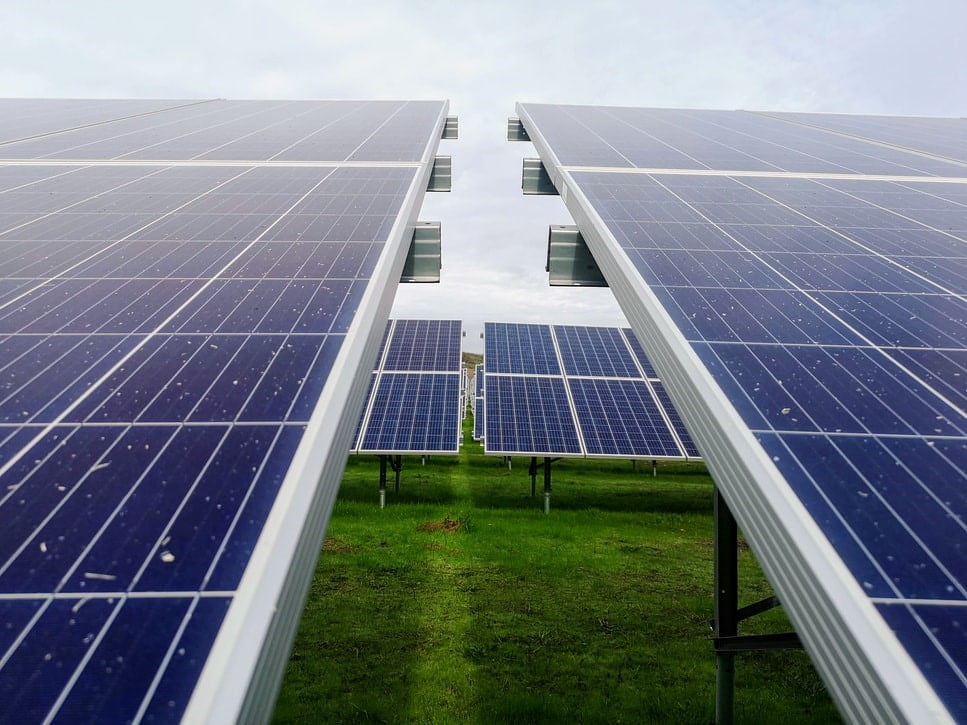Mainstream Renewable Power, the pureplay global wind and solar company, has reached financial close on its 50 MW Ilikwa solar PV plant. The power from the plant will supply multiple private commercial and industrial customers under flexible, shorter-term Power Purchase Agreements (PPAs) in a new-to-market product called Renewable Energy Supply Agreements (RESAs).
This new product opens up the energy market in South Africa by giving a wider range of businesses access to affordable, reliable and renewable power through shorter-term energy contracts of between five and 10 years.
Commenting on the announcement, Mainstream’s General Manager for Africa, Hein Reyneke said: ‘We are excited to bring this new product to market, offering customers the opportunity to secure flexible, clean and lower cost electricity. With a 12 GW portfolio, Mainstream has one of the largest and most advanced pipelines of projects in the country. Importantly, we have a further 180 MW of projects ready for construction in 2025 and we encourage businesses to take advantage of the benefits this new product offers.’
Investec is a project partner, providing pre-construction development finance as well as debt and equity finance for the construction of the plant.
Commenting for Investec, Martin Meyer, Head of Energy and Infrastructure Finance said: ‘We are proud to have partnered with Mainstream in this groundbreaking initiative that enhances energy access for businesses in South Africa and aligns with our commitment to sustainable development and the reduction of carbon emissions. Investec was able to implement bespoke funding solutions to enable the project to reach financial close.’
Mainstream has a 70% equity stake in the project and Investec has a 30% equity stake. Construction of the Ilikwa solar PV plant, located in the Free State province, has already commenced, and is expected to reach commercial operation in early 2026.
This is the second solar plant with private PPAs that Mainstream has taken to financial close in South Africa within the last year. When fully operational, it will produce 141 Gigawatt hours (GWh) of electricity per year, powering the equivalent of more than 42,000 homes and avoiding the annual release of approximately 100,000 tons of CO2.

